Are you tired of dealing with the discomfort, insecurity, and unnatural appearance of hair plugs? It’s time to bid farewell to the era of patchy and unsightly hair restoration procedures. Welcome to the modern age of hair transformation, where corrective surgery emerges as the ultimate solution to rectify the imperfections associated with hair plugs.
In this blog post, we’ll explore how corrective surgery has emerged as the ultimate solution for addressing hair plug imperfections, the benefits, the process, and the incredible results. Say goodbye to your hair plug woes and discover a new path to a more natural and attractive you.
Table of Contents
Why Do Pluggy Hairlines Occur?
A “pluggy” hairline refers to a hairline that exhibits clear signs of transplantation, with noticeably large grafts used in the process. These grafts often appear as isolated clusters, resembling the hair on a doll’s head. The outcome, especially upon close examination, gives off an artificial and unnatural appearance.
This type of result was relatively common in the 1980s, predating the development of more refined hair restoration techniques. It was particularly prevalent among individuals who had undergone severe hair loss . Although such results are now quite rare, thanks to advancements in modern techniques, there remains a possibility of encountering pluggy hairlines, primarily when the procedure is performed by surgeons lacking experience or training in the latest hair restoration methods.

Introducing Corrective Surgery
Pluggy Hairline Correction or Corrective Surgery is the perfect solution for anyone who has had a hair transplant and is unhappy with the results.
At Holt Hair, our team of highly skilled professionals employs state-of-the-art precision techniques to guarantee that your hair plugs achieve the most natural look imaginable, all in the span of a single day.
Corrective surgery for old pluggy hair transplants involves several steps:
- Assessment: A skilled surgeon will evaluate the current state of the transplanted area, the quality of the hair grafts, and the overall aesthetic concerns.
- Designing a Natural Hairline: The surgeon will work with the patient to design a more natural and age-appropriate hairline that complements their facial features.
- Graft Removal: In many cases, the old grafts or plugs are removed to eliminate the unnatural appearance. This can be done using various techniques, such as FUE (Follicular Unit Extraction) or FUT (Follicular Unit Transplantation).
- Re-Implantation: Once the old grafts are removed, the surgeon will carefully re-implant new grafts in a more natural distribution and pattern. This process involve using single hair follicles to create a more subtle and realistic appearance.
Benefits of Corrective Surgery
Corrective Surgery for old, pluggy hair transplants offers a host of compelling benefits. It delivers a thicker and seamless-looking hairline, effectively replacing the unnatural and outdated appearance of old hair plugs. The procedure is virtually painless, minimally invasive, and leaves no visible scarring, ensuring a more comfortable and discreet experience.
Moreover, the boost in confidence stemming from the transformation is immeasurable, as you can enjoy permanent, natural-looking results with minimal downtime. With corrective surgery, you can bid farewell to the regrets of the past and embrace a future filled with thicker, seamless, and confidence-boosting hair.

Potential Side Effects and Considerations
The most common side effects of the surgery are swelling and bruising, typically occurring shortly after the procedure. These side effects are generally temporary and subside within a few days to a week. Most patients find them manageable and are prepared for these initial, short-lived inconveniences as part of the recovery process.
Following post-surgery instructions is paramount to a successful and smooth recovery. Your surgeon will provide you with detailed guidance on how to care for your treated area, including specific instructions on cleaning, medication, and avoiding certain activities. Adhering to these instructions diligently can help minimize the risk of complications and ensure optimal healing. It’s crucial to reach out to your surgeon if you have any concerns or questions during the recovery period. By following these guidelines, you can increase the likelihood of achieving the desired results and a positive outcome from your corrective surgery.
Finding the Right Surgeon
Finding the right surgeon for corrective hair surgery is of paramount importance. An experienced surgeon with a proven track record in hair restoration can significantly impact the success of the procedure. To select a reputable corrective surgery specialist, thorough research is essential.
Begin by checking credentials, certifications, and qualifications to ensure the surgeon is licensed and board-certified in the field of hair restoration. Additionally, seek out patient reviews and testimonials to gauge the surgeon’s reputation and the satisfaction of previous clients.
Consultation with the surgeon is also crucial, as it provides an opportunity to assess their communication, expertise, and whether they understand your specific needs. Finally, consider recommendations from trusted sources, such as friends or family, who may have undergone similar procedures, to make an informed and confident decision about your corrective surgery specialist.
Conclusion
In conclusion, corrective surgery emerges as the ultimate solution for addressing the imperfections associated with hair plugs. This innovative and evolving field of medical aesthetics offers hope to those who have experienced dissatisfaction or discomfort with their hair plug procedures. By restoring a natural, youthful appearance, boosting self-confidence, and providing lasting results, corrective surgery paves the way for a brighter, more confident future. Remember, choosing the right surgeon and adhering to post-operative instructions are key to a successful experience.




